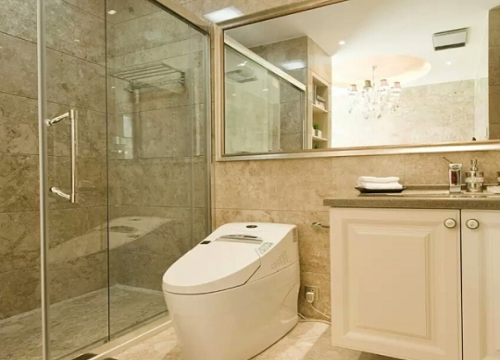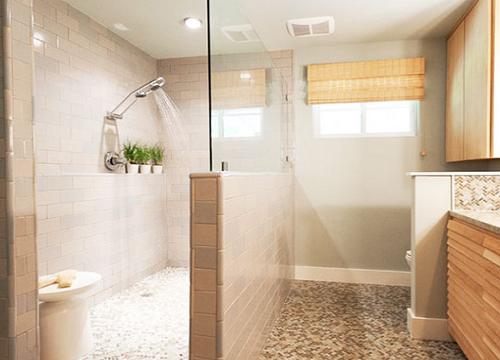Welcome To Hawkrown Professional
Are You Visiting As A Business Buyer (wholesaler/retailer) Or A Homeowner?
Business Buyer
Continue Here >Homeowner
Shop Retail Store >
Home / Blog Center / Chargers / Pros and Cons of Embedding Stone Base in Shower Rooms
31/12/2024 | Hawkrown
With the improvement of living standards, many households install shower rooms in their bathrooms. Shower rooms are typically separated by glass partitions. To better achieve wet and dry separation, stone bases are often embedded during the installation of glass shower rooms. What are the advantages and disadvantages of embedding a stone base for a shower room? How should it be installed?
Advantages and Disadvantages of Stone Base Embedding in Shower Rooms
1. Advantages
Taking a shower generates a lot of water. Although a floor drain is installed in the shower room, if there is nothing to block it, water can still flow outside the shower area, defeating the purpose of wet and dry separation. The role of the embedded stone base is to prevent the shower room water from flowing outside. Furthermore, with long-term use, it is less likely to cause mold at the corners.

2. Disadvantages
The embedding process requires a certain level of technical skill, which tests the expertise of the installer. If the embedding is not done properly, the desired effect may not be achieved. Additionally, if the stone base material purchased has issues, repairs can be complicated, requiring the removal of floor tiles and redoing the stone base.

Precautions for Stone Base Embedding
1. First, the wall should be finished and ensure that its surface is smooth.
2. Place the stone base on the un-tiled floor, with both ends of the stone base closely touching the finished wall tiles. Note: Do not let the stone base extend into the wall tile at both ends.
3. Measure the right-angle side length from the wall foot to the outer edge of the stone base, adjusting its position accordingly to ensure both ends are aligned with the stone base before embedding.

4. Use a level to check the surface of the shower room stone base, adjust its direction, and then secure the stone base.
5. Begin tiling the floor, ensuring that the stone base is embedded at a depth and thickness equal to that of the tiles, and try not to embed the stone base too deep.
6. Seal the cut ends of the stone base and wall tiles with a small amount of glass glue.

Conclusion:After analyzing the advantages and disadvantages of embedding a stone base in shower rooms, it can be concluded that embedding a stone base is indeed necessary. Do not overlook this aspect just because the installer finds it troublesome; otherwise, leaking water in the future may cause greater issues. For more related knowledge, please continue to follow our information platform.
Are You Visiting As A Business Buyer (wholesaler/retailer) Or A Homeowner?
Business Buyer
Continue Here >Homeowner
Shop Retail Store >